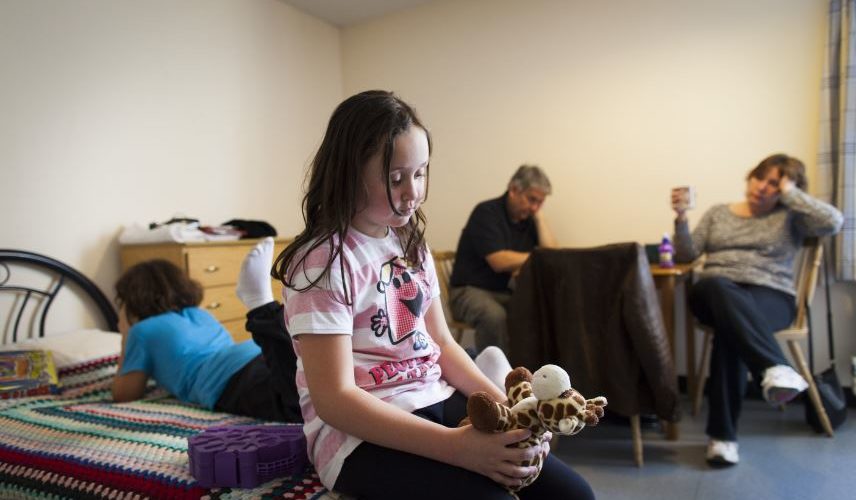Today, 1 million people are in poverty in Scotland, including 230,000 children.
Last Thursday, the Scottish Government released the most recent poverty and inequality statistics, which report on the levels of poverty in Scotland between 2014 and 2017. Sadly, the new statistics paint a bleak picture.
What do the most recent statistics tell us?
Whilst poverty had been decreasing in Scotland from the late nineties onwards, progress plateaued with the 2008 recession, and it is now slowly rising again.
Levels of poverty are particularly acute among children: before housing costs, one fifth of all children are now living in poverty. That number rises to nearly a quarter when housing costs are taken into account. It is widely proven that poverty can have a hugely negative impact on children’s health, wellbeing and life chances; in Scotland today, why can’t we provide everyone with the best start in life?
In fact, 9% of children are living in ‘persistent’ poverty which means that they’ve been living in poverty for at least three of the last four years. This is really worrying because evidence shows that the longer someone spends in poverty, the more damaging and long lasting the effects.
Why do we measure poverty after housing costs?
We know that the links between poverty and housing are well evidenced, but the main argument for focusing on the number of people in poverty after housing costs is very simple: we all need somewhere to live, and for the vast majority housing costs are unavoidable.
But the difference between these two poverty measures is particularly interesting to us at Shelter Scotland because it shows the amount of people who are pushed into poverty as a result of their housing costs. An adequate home is a human right: we don’t believe anyone should have to live in poverty to access their human rights.
Before housing costs, 860,000 people are living in relative poverty. After housing costs, this figure soars to one million people (equivalent to nearly a fifth of Scotland’s population). That means that 140,000 people in Scotland are in poverty because of their housing costs. And when we break it down by age, this gap is widest among children: 19% of children are living in poverty before housing costs, and 24% after housing costs. That’s an extra 50,000 children in poverty, just because housing costs are unaffordable.
Is work a route out of poverty?
We often hear that work is the best route out of poverty but the number of households experiencing poverty in which at least one adult is in work is rising steeply, and is now at an all-time high since records began. The graphs below show the level of individuals in poverty in a working household, as a percentage of all individuals in poverty:
 This shows that for 370,000 adults, and 150,000 children, work clearly isn’t a route out of poverty.
This shows that for 370,000 adults, and 150,000 children, work clearly isn’t a route out of poverty.
What next?
These statistics back up what we already know, and what people who come to us for help experience every day; that too many people are in poverty in Scotland, and unaffordable housing is one of the key reasons for this.
But there is hope. The Child Poverty (Scotland) Act, which was passed unanimously by the Scottish Parliament in November 2017, has set a new target to reduce child poverty by 2030. Local authorities, health boards and ministers must now prove they’re taking action to make this happen.
We welcome this new Act, and the efforts to tackle poverty. However, we now need to see action across government that takes into account what is evidenced by the new statistics: the crippling effect of housing costs on child poverty in Scotland and the clear need for more affordable housing. And for the 230,000 children in poverty today, this change can’t come soon enough.



